Regulatory Pressures
Regulatory pressures are increasingly shaping the landscape of the Produced Water Treatment Market. Governments and environmental agencies are implementing stringent regulations aimed at minimizing the environmental impact of produced water disposal. These regulations often mandate the treatment of produced water before it can be discharged or reused. For instance, in certain jurisdictions, the permissible levels of contaminants in produced water are becoming more stringent, necessitating advanced treatment technologies. This regulatory environment is driving investments in innovative treatment solutions, as companies strive to comply with evolving standards. The market is projected to witness a compound annual growth rate of approximately 10% over the next few years, largely fueled by the need for compliance with these regulations. Thus, the Produced Water Treatment Market is positioned to benefit from the increasing focus on environmental protection.
Growing Industrial Demand
The growing demand from various industrial sectors is significantly influencing the Produced Water Treatment Market. Industries such as oil and gas, mining, and power generation generate substantial volumes of produced water, necessitating effective treatment solutions. The oil and gas sector, in particular, is a major contributor, with estimates indicating that it accounts for nearly 90% of produced water generation. As these industries expand, the volume of produced water is expected to increase, thereby driving the demand for treatment technologies. Furthermore, the trend towards water reuse and recycling in industrial processes is gaining traction, as companies aim to enhance sustainability and reduce operational costs. This industrial demand is likely to propel the growth of the Produced Water Treatment Market, as businesses seek reliable and efficient treatment solutions.
Increasing Water Scarcity
The escalating concern regarding water scarcity is a pivotal driver for the Produced Water Treatment Market. As freshwater resources dwindle, industries are compelled to seek alternative water sources, including produced water. This trend is particularly pronounced in regions where water availability is critically low. The treatment of produced water not only alleviates the pressure on freshwater supplies but also enables its reuse in various applications, such as irrigation and industrial processes. According to recent estimates, the volume of produced water generated annually is substantial, with projections indicating that this figure could reach over 20 billion barrels by 2025. Consequently, the demand for effective treatment solutions is likely to surge, positioning the Produced Water Treatment Market as a crucial player in addressing water scarcity challenges.
Technological Innovations
Technological innovations are a key driver propelling the Produced Water Treatment Market forward. The advent of advanced treatment technologies, such as membrane filtration, electrocoagulation, and advanced oxidation processes, is enhancing the efficiency and effectiveness of produced water treatment. These innovations not only improve the quality of treated water but also reduce operational costs, making treatment processes more economically viable. As industries seek to optimize their water management practices, the adoption of these cutting-edge technologies is expected to rise. Market analysts suggest that the integration of artificial intelligence and automation in treatment processes could further streamline operations and enhance decision-making. This trend indicates a promising future for the Produced Water Treatment Market, as companies increasingly invest in technological advancements to meet their water treatment needs.
Focus on Environmental Sustainability
The increasing emphasis on environmental sustainability is a significant driver for the Produced Water Treatment Market. As awareness of environmental issues grows, industries are under pressure to adopt sustainable practices, including the treatment and reuse of produced water. This focus on sustainability aligns with global efforts to reduce water pollution and conserve freshwater resources. Companies are increasingly recognizing the value of treated produced water as a resource rather than a waste product. This shift in perspective is fostering investments in treatment technologies that not only meet regulatory requirements but also contribute to corporate sustainability goals. The market is expected to expand as more organizations prioritize environmentally friendly practices, thereby enhancing the role of the Produced Water Treatment Market in promoting sustainable water management.


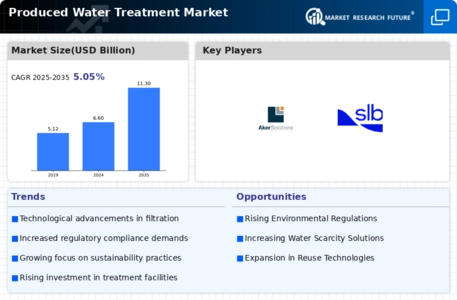
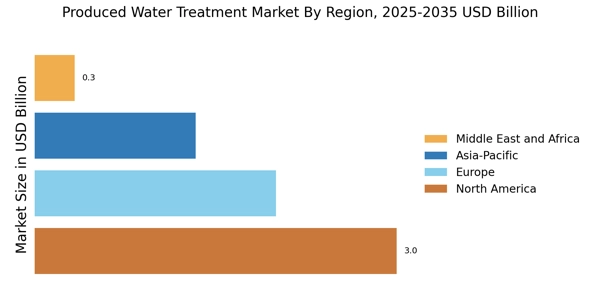
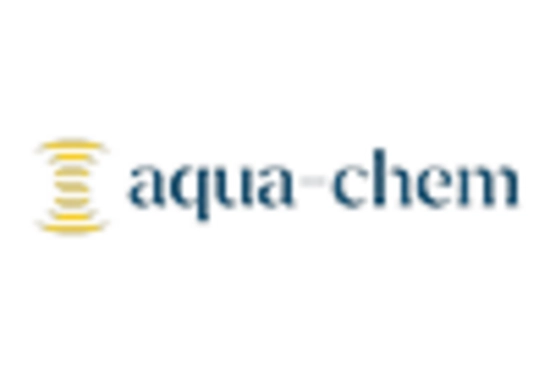

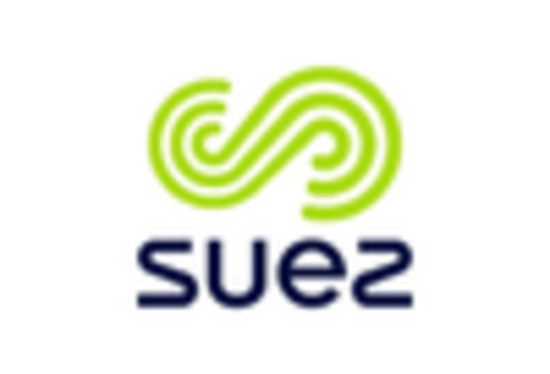


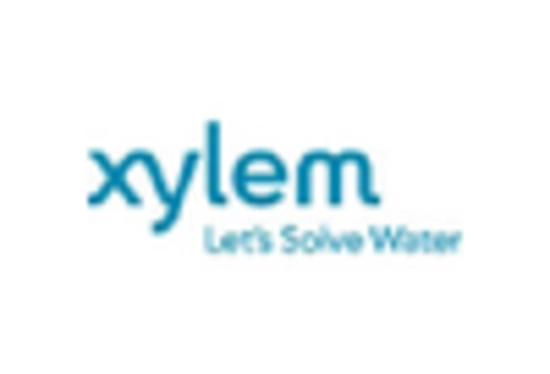








Leave a Comment